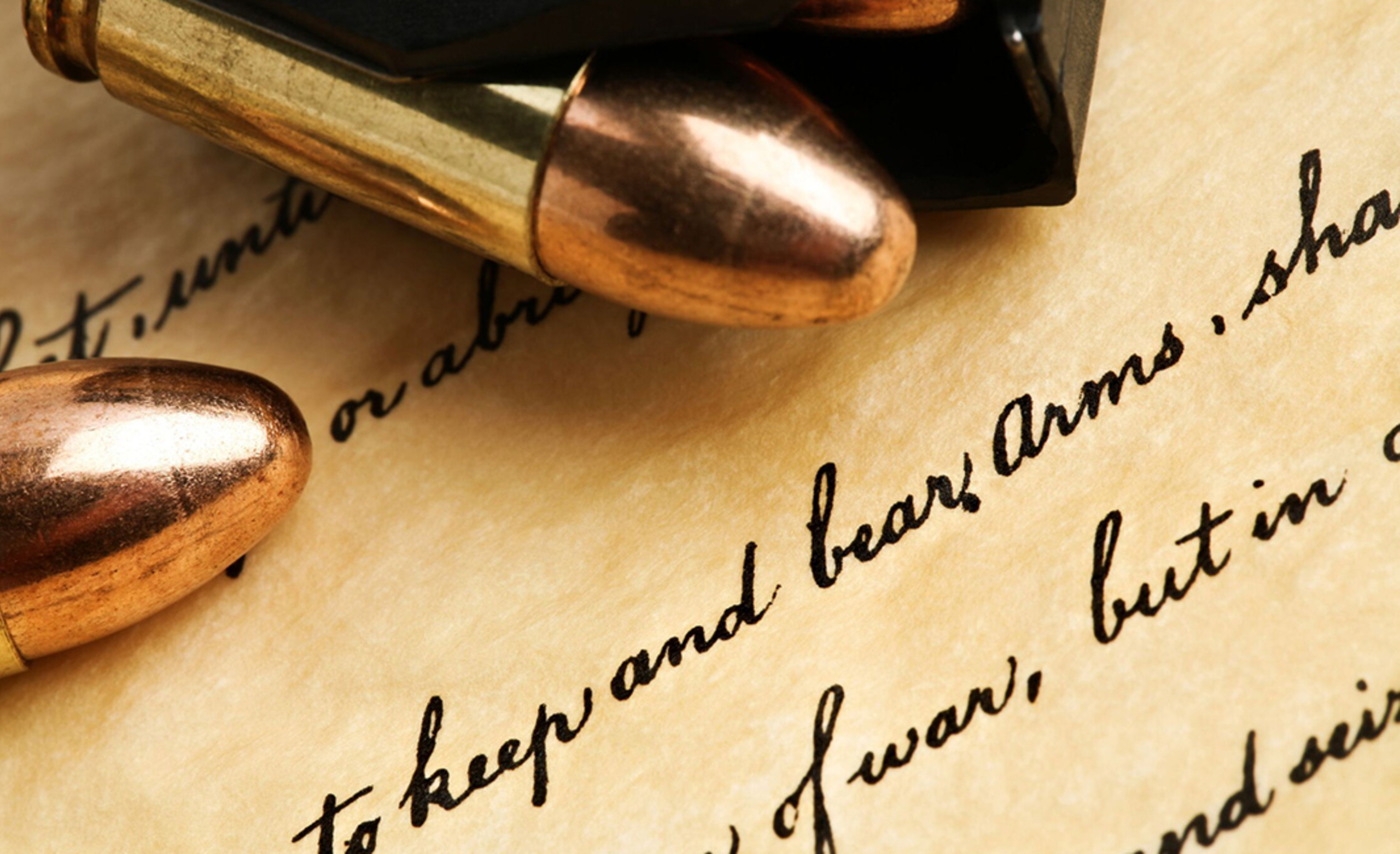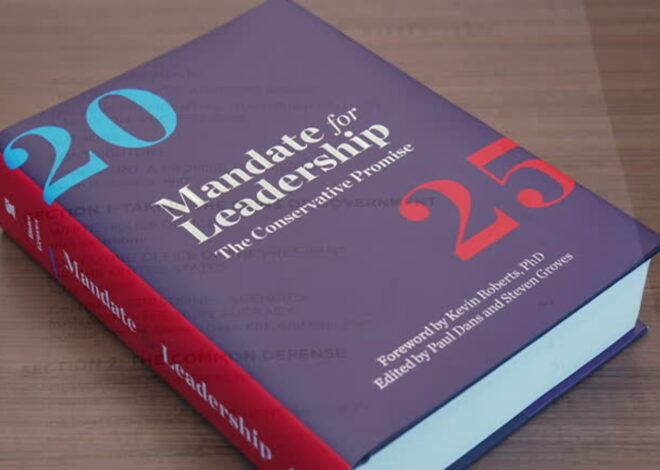
Understanding Your 2nd Amendment Rights
Understanding your 2nd Amendment rights is more important now than ever as discussions around gun control and personal freedoms dominate headlines. The debate over the Second Amendment has shaped American society for centuries. Yet, many citizens remain unclear about what their rights truly entail.
Whether you’re a passionate advocate or simply curious, diving into this topic can reveal surprising insights. From its historical roots to modern interpretations, the Second Amendment holds a unique place in our Constitution and culture.
Let’s explore this vital aspect of American life together, unraveling misconceptions and clarifying what it means to exercise these rights responsibly in today’s world. Grab your favorite beverage, settle in, and let’s embark on this journey of understanding!
The History of the 2nd Amendment
The Second Amendment was ratified in 1791 as part of the Bill of Rights. Its origins are rooted in a historical context where citizens relied on militias for protection against threats, both foreign and domestic.
Early American settlers faced dangers from hostile forces and wild animals. Firearms were essential for survival, hunting, and self-defense. The Founding Fathers recognized this need when crafting the amendment.
Debates surrounding its wording reflected differing philosophies about individual rights versus collective security. Some framers emphasized the necessity of a “well-regulated militia,” while others highlighted personal liberties.
Over time, court cases have shaped its interpretation. Landmark rulings like District of Columbia v. Heller (2008) affirmed an individual’s right to bear arms, further entrenching it in American identity and culture.
As society evolves, so does the discussion around this vital constitutional provision—an ongoing dialogue that continues to influence legislation today.
What Does the 2nd Amendment Actually Say?
The Second Amendment of the United States Constitution is brief yet powerful. It reads: “A well regulated Militia, being necessary to the security of a free State, the right of the people to keep and bear Arms, shall not be infringed.”
This amendment was ratified in 1791 as part of the Bill of Rights. It emphasizes two key components: the need for a militia and individual rights.
Debates often arise over its interpretation. Some argue it protects collective rights tied to state militias, while others assert it guarantees an individual’s right to own firearms.
Understanding this language is crucial in discussions about gun ownership today. The historical context adds layers that inform current legal battles and public opinion on firearm regulations across America.
Interpreting the 2nd Amendment:
Originalism vs Living Constitution
Interpreting the 2nd Amendment often sparks passionate debates. At the core of these discussions are two main philosophies: originalism and living constitutionalism.
Originalists argue that the Constitution should be understood as it was intended by its framers. They focus on historical context and aim to preserve the original meaning of each clause. This perspective views gun rights through a lens shaped by 18th-century ideals about self-defense and state militias.
Conversely, proponents of a living constitution believe that interpretations can evolve over time. They argue that societal changes necessitate adapting constitutional meanings to contemporary circumstances. For them, this approach allows for flexible responses to modern issues like gun violence or public safety concerns.
These contrasting viewpoints influence legal decisions, policy making, and public opinion surrounding firearm ownership in America today. Each interpretation carries weighty implications for understanding individual rights under the 2nd Amendment.
The Controversy Surrounding Gun Control Laws
The debate over gun control laws is charged and emotional. Advocates argue that stricter regulations are essential for public safety. They point to rising incidents of gun violence as a critical issue needing urgent action. On the other hand, many believe that such measures infringe on personal freedoms.
They claim that responsible gun ownership should not be penalized due to the actions of a few individuals. The media often amplifies this divide, presenting stark narratives without addressing the complexities involved. This creates an environment where conversations can quickly become polarized.
Efforts at reform face significant hurdles in both legislation and public opinion. Every proposed law ignites fierce discussions about rights versus responsibilities, making consensus difficult to achieve. As states navigate their own policies, the national conversation remains unresolved and contentious, leaving many feeling frustrated by lack of clarity or direction.
The Role of the Government in Regulating Firearms
The government’s role in regulating firearms is a complex and often debated issue. At its core, it involves balancing public safety with individual rights. Federal agencies like the Bureau of Alcohol, Tobacco, Firearms and Explosives (ATF) oversee firearm regulations.
They enforce laws that govern the sale and ownership of guns across the nation. This includes background checks to prevent criminals from obtaining weapons. State governments also play a significant part in this regulation. Their laws can vary widely—some states have strict measures while others maintain more lenient policies.
Local jurisdictions may even impose additional restrictions based on their community needs. The challenge lies in finding effective ways to reduce gun violence without infringing upon constitutional rights. As society evolves, so too do discussions around how best to achieve this balance through legislation and policy changes.
Clarifying Misconceptions about the 2nd Amendment
Many misconceptions cloud the discussion around the 2nd Amendment. One common belief is that it guarantees unrestricted access to firearms for everyone. In reality, the amendment allows for regulations on gun ownership. Another myth suggests that only “well-regulated militias” can bear arms.
However, Supreme Court rulings have affirmed individual rights to own firearms outside of militia service. Some people think the Founding Fathers intended for citizens to be armed solely against tyranny. While self-defense was a factor, they also recognized hunting and sport shooting as valid uses for firearms.
Furthermore, many believe all gun laws violate their rights. The truth is that reasonable regulations are permissible under constitutional law and do not erase individual freedoms. Understanding these nuances helps clarify debates surrounding your 2nd Amendment rights and encourages informed discussions about responsible ownership and public safety.
Understanding Your Rights as a Gun Owner
Understanding your rights as a gun owner is crucial in today’s society. The 2nd Amendment of the U.S. Constitution grants individuals the right to keep and bear arms. This foundational principle has shaped American culture for centuries.
However, exercising this right comes with responsibilities. Legally owning a firearm means understanding local laws regarding purchase, registration, and carrying firearms. Different states have varying regulations that can impact how you exercise your rights.
Education plays a vital role in responsible ownership. Training courses not only enhance safety but also deepen comprehension of legal obligations. Moreover, being an informed citizen allows you to engage in discussions about gun policies effectively.
Your voice matters in shaping future legislation and ensuring that individual liberties are respected while addressing public safety concerns. Staying updated on changes in laws is essential for every gun owner committed to protecting their rights responsibly.
Changes and Challenges to Gun Laws in the United States
Gun laws in the United States are constantly evolving. Each state approaches regulation differently, creating a patchwork of legislation that can be confusing for gun owners. Recent years have seen significant shifts in both public opinion and legal frameworks surrounding firearms.
Debates on background checks, assault weapon bans, and red flag laws dominate discussions at all levels of government. Challenges often arise when jurisdictions try to balance individual rights with community safety. Advocates argue for stricter regulations to prevent violence, while opponents cite constitutional guarantees protecting personal freedoms.
Court cases frequently reshape the landscape as judges interpret existing laws through various lenses – leading to differing outcomes across states. As society changes, so too does the dialogue about responsible ownership and regulation.
With technological advancements in firearms also pushing boundaries, staying informed has never been more crucial for citizens looking to navigate this complex arena effectively.
How to Exercise Your 2nd Amendment Rights Responsibly
Exercising your 2nd Amendment rights comes with great responsibility. Understanding the laws in your state is vital. Each jurisdiction has its own regulations regarding ownership, concealed carry, and usage. Proper training is essential for gun owners.
Consider enrolling in a firearms safety course to enhance your skills and knowledge about handling weapons safely. Always store firearms securely. Use safes or lockboxes to prevent unauthorized access, especially if children are present at home.
Practice situational awareness. Staying alert can help you make informed decisions during potential threats. Engage in respectful discussions around gun rights and responsibilities with others. Promoting dialogue can bridge gaps between differing viewpoints while fostering understanding within communities.
Remember that responsible ownership also means supporting initiatives aimed at preventing gun violence through education and advocacy efforts.
Conclusion
Understanding your 2nd Amendment rights is essential for every American. This vital part of the Constitution reflects our nation’s commitment to individual liberties and freedom. The history behind the amendment provides context that shapes current debates around gun ownership.
The language of the 2nd Amendment may seem straightforward, yet its interpretation can vary widely. Delving into originalism versus a living constitution reveals how perspectives on this right have evolved over time.
Gun control remains one of the most contentious issues in contemporary society. Balancing public safety with individual rights creates ongoing discussions among lawmakers, citizens, and advocacy groups alike. Recognizing the government’s role in regulating firearms helps clarify these complex dynamics.
Misconceptions about what it means to exercise your rights abound. Education on responsible ownership is crucial in fostering a culture focused not only on personal freedoms but also on community safety.
As laws continue to shift across states and federal jurisdictions, staying informed is key for all gun owners. Understanding your legal standing enables you to engage constructively within this evolving landscape while advocating for responsible practices.
Embracing an informed perspective allows individuals to navigate their rights effectively while contributing positively to societal dialogue regarding firearms and safety measures.

